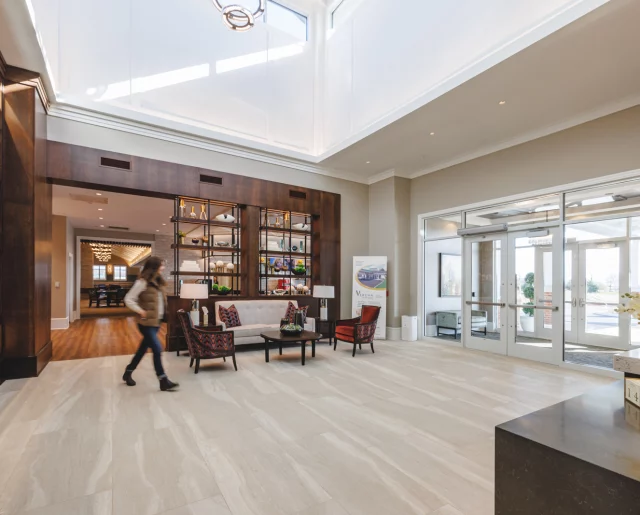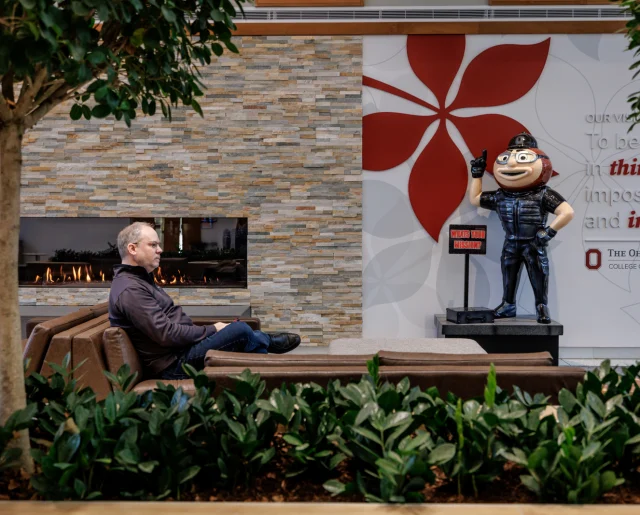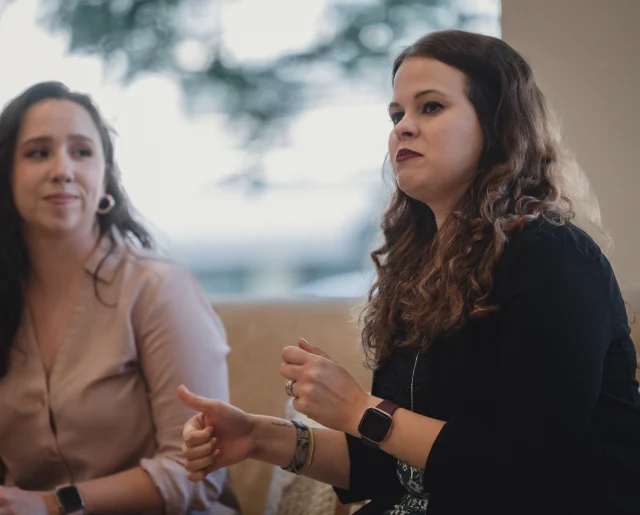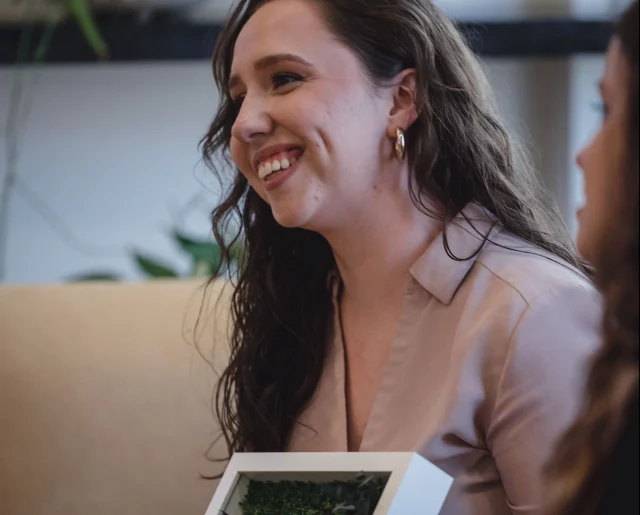3 Benefits of Green Roofs and Why They are Rising in Popularity
 Green Roofs, also referred to as vegetated roofs, or eco-roofs are rising in popularity across the U.S, as major cities are incorporating them into their infrastructure. A green roof is vegetation planted in a growing medium (soil), with irrigation, drainage system, and waterproofing below.
Green Roofs, also referred to as vegetated roofs, or eco-roofs are rising in popularity across the U.S, as major cities are incorporating them into their infrastructure. A green roof is vegetation planted in a growing medium (soil), with irrigation, drainage system, and waterproofing below.
This begs the question, why are green roofs up-and-coming and why put one on your building?
Types of Green Roofs
First, it is important to understand the three types of green roofs; extensive, semi-intensive, & intensive.
- Extensive Green Roofs – The cheapest option and the most versatile. This type only has about 3-6 inches of soil, and is covered in low mosses & sedums. These require very little maintenance, and are the easiest to apply to renovated buildings or over large areas.
- Semi-Intensive Green Roofs – A slightly more expensive option, and requires maintenance occasionally. However, you are able to achieve a wider range of plant selections, and can create diverse, design-oriented layouts with semi-intensive green roofs.
- Intensive Green Roofs – The best option for roofs that are publicly accessible, or for creating a park-like atmosphere. Intensive green roofs also provide the most amount of benefits to the building with water retention and biodiversity. It is the most expensive type of green roof option though, and does require consistent maintenance.
3 Benefits: Economic, Environmental & Social
Green roofs have economic, environmental and social benefits which hits all three categories of the triple bottom line.

Economic Benefits –
While the upfront cost can be steep, the return on investment is substantial. By providing extra insulation, green roofs can reduce a building’s overall energy use by 0.7% when compared to conventional roofs. This leads to an annual savings of $.023 per square foot of the roof’s surface according to the EPA.
Additionally, green roofs provide layers of protection over the membrane, increasing the lifespan of the roof anywhere from 2-3 times compared to a traditional roof. According to the General Services Administration, “Green roofs provide a payback of approximately 6.2 years nationally. Conservative analysis puts the average life expectancy of a green roof at 40 years, versus 17 for a conventional roof.”
Some cities, like Chicago and the District of Columbia are actively encouraging the construction of green roofs. Others offer tax abatements, density credits, or loans to offset the initial cost of construction. Green roofs also contribute towards LEED credits for those looking to achieve a LEED Building Certification.
Environmental Benefits –
One of the biggest benefits, and a reason so many cities are implementing green roof programs, is due to the reduced stormwater runoff. A green roof can reduce the amount of stormwater runoff by up to 65%. They also help to improve air quality and promote biodiversity by providing a habitat for plants and animals. Green roofs can capture pollutants and filter both air and water, making the environment around it safer.
If you’ve ever noticed that it’s hotter in cities than rural or suburban areas, that’s due to the urban heat island effect. Green roofs absorb heat and can be 30-40 degrees lower than what a typical roof is. Overall, they can reduce city-wide ambient temperatures by 5 degrees Fahrenheit, according to the EPA.
Social Benefits –
The environmental benefits of green roofs are great, but there are plenty of other benefits to our communities and our personal health as well. For example, hospitals have begun implementing them to help patients recover quicker. According to a study conducted by Montclair State University, researchers saw reduced emotional distress, improved mental health, increased physical activity, decreased pain management needs, and an increase in both patient and staff overall satisfaction.
There’s also a communal aspect to a green roof, especially in certain applications. A green roof can act as a garden or park, especially in urban environments where green space is limited. Rooftop gardens for local food production or even for resident use provide both communal and educational benefits.

Bonus: Living Walls
A living wall, commonly referred to as green walls, vegetated walls or moss walls, have similar benefits to green roofs, but can be indoors as well. Living walls can help reduce noise, increase productivity, and all to overall well-being.
Overall, while green roofs and living walls can have a steep upfront cost, the long term benefits and return on investment make them a great addition to your space. Each installation is unique by location, type, and design.
If you would like to continue the conversation, or have any questions about how MA Design can help you plan for a green roof/living wall, please reach out at allyb@designwithma.com.








